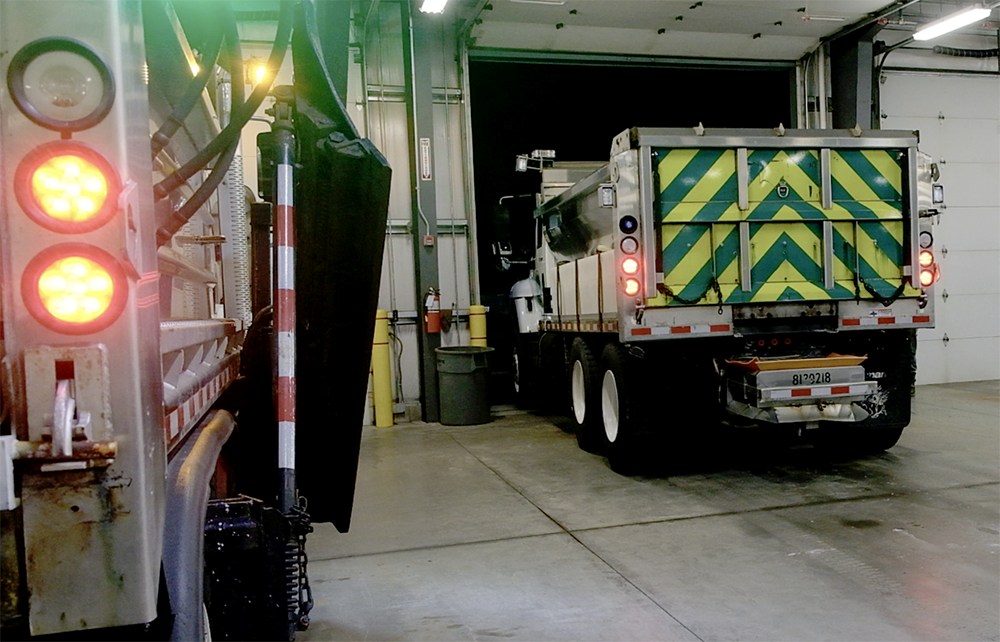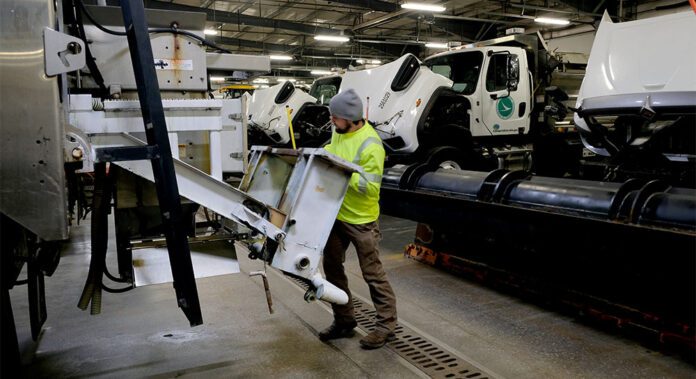Advice for motorists: ‘Ice and snow, take it slow.’
MAUMEE – In anticipation of today’s forecast of 1-3″ of slushy accumulation and up to 1″ of snow throughout parts of Lucas County, Ohio Department of Transportation (ODOT) mechanics and drivers at the Lucas County Garage were busy preparing many of their 16 plow trucks for the road.
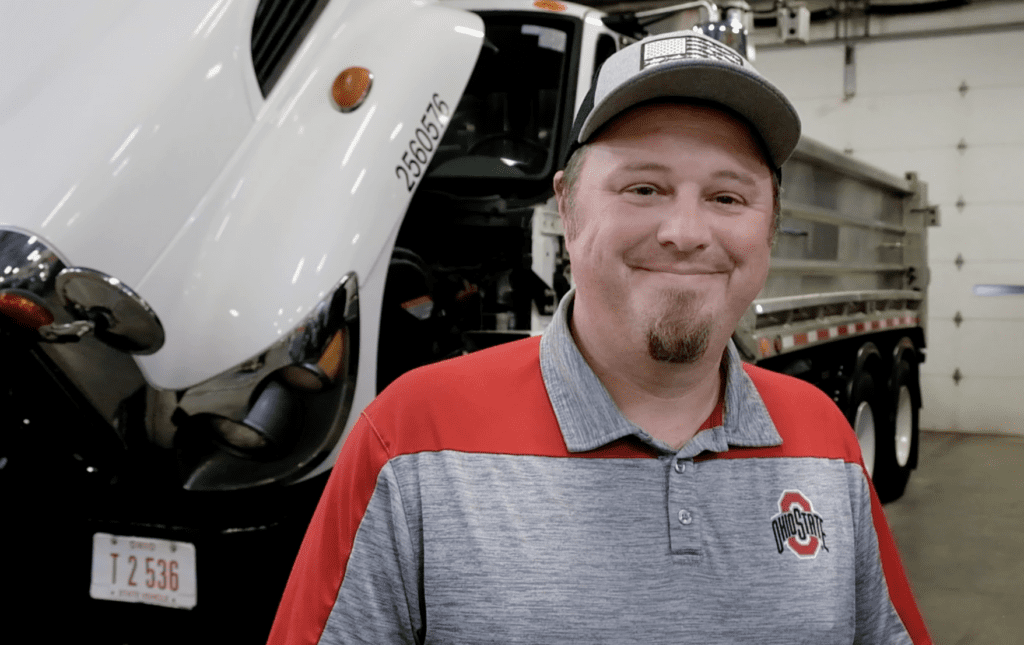
“Currently here at Lucas (County Garage), we started getting our trucks ready for the possible event that may happen this afternoon and this evening,” said Brian Drewes, transportation manager of the Lucas County Garage. “It’s important we go over all of this stuff so we know we can get through the storm without any issues.
“We also want everybody to keep in mind that our drivers are out and to give them their space so we can get home with our families,” he said.
Safety is a primary concern for ODOT. Last winter, ODOT plow trucks were struck 22 times while engaged in snow and ice operations. Ohio’s Move Over law requires drivers on state highways to move over a lane or slow down when approaching a stationary vehicle with
flashing lights, no matter the season or color of the flashing lights.

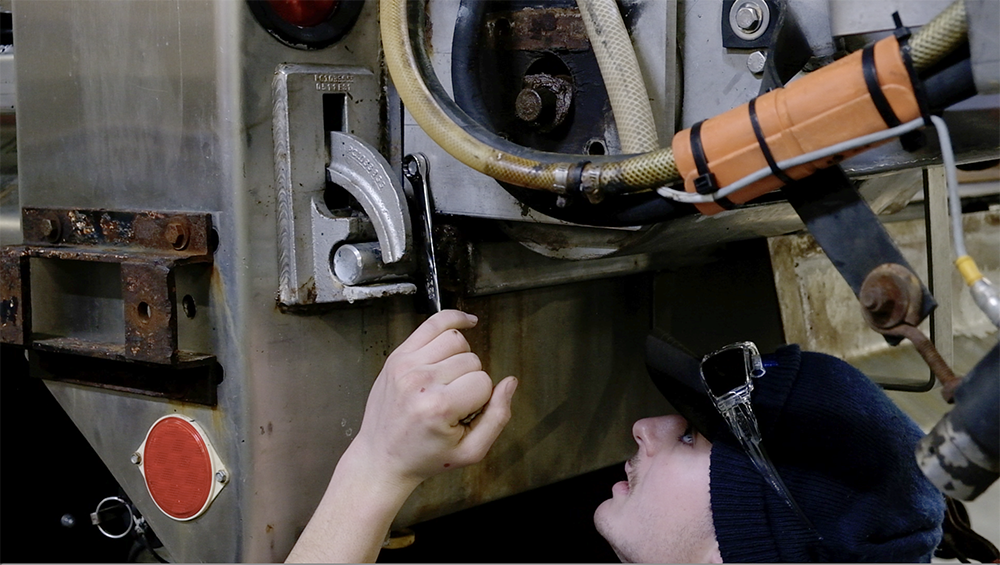
As winter weather arrives, snow and ice make roads slippery and dangerous. These conditions increase the chances of a vehicle accident. To make the roads safer, ODOT works tirelessly to stay prepared for winter storms.
Kelsie Hoagland, public information officer for ODOT District 2, discussed during a recent press conference at the Lucas County Garage how ODOT prepares for weather events by keeping the roads clear and salted. District 2 serves Fulton, Henry, Lucas, Ottawa, Sandusky, Seneca, Williams and Wood counties in northwest Ohio, and is headquartered in Bowling Green.
“We have mechanics at each of our garages that regularly maintain our vehicles, and we do in-depth snow and ice inspections, where we actually do a deep dive in identifying any miscellaneous problems that might be overlooked,” Hoagland said.
She added that they also send the mechanics to the Bowling Green garage or bring in district garage mechanics from Bowling Green.
Hoagland explained that the garage considers weather conditions and snowfall rates to keep the roads safe, and they take into account the many different types of weather events that can come in, whether it has ice, heavy snow, light snow, winds.
She also discussed the process that takes place before and during a snowstorm. “We have two shifts – A shift and B shift – and then we run those at a rolling 12 hours throughout a winter event. So, if a storm is going to start with rain, we cannot do any pre-treating, but if the temperatures are cold enough that it’s going to start with snow, then we can do things like pre-treat the roads with Brine, which is a saltwater combination.”
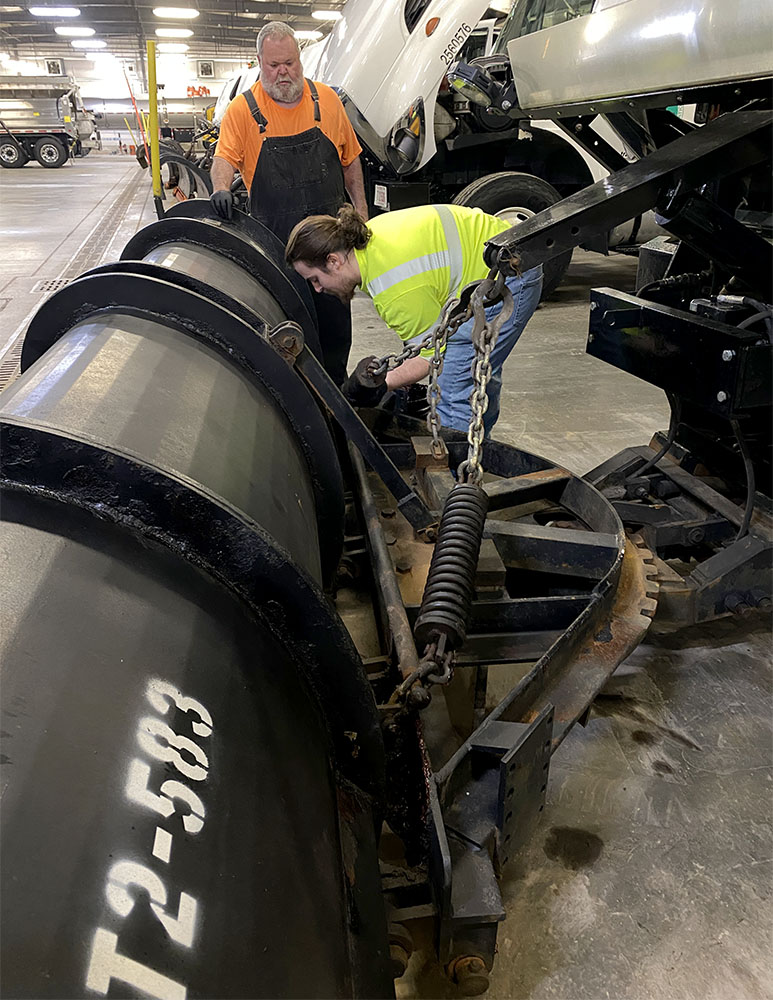
She clarified that Brine are the white stripes you see on the roadway before winter events. If a storm is going to begin with rain, it cannot be used because the rain will wash it away. Rock salt is also put on the roads for snow and ice.
Hoagland noted that each county is responsible for monitoring the weather, which is done through checking local news stations and other weather networks. After that, they roll into shifts for pretreatment (if applicable), followed by shifts after the snow begins to fall. Workers stay on 12-hour shifts until the snow is gone and the road is restored to normal conditions.
Hoagland offered advice for how regular drivers can help the ODOT driver.
“’Ice and snow, take it slow.’ That’s one of our slogans. And ‘don’t crowd the plow’ is another one that’s really focused on helping our drivers,” she said.
“It helps the motoring public because when you’re too close to our trucks, they can’t see you, and you are not having the best benefit of their work. You’re not actually getting the protected roadway. So, if you’re actually driving into the salt, it hasn’t had the chance to work yet. Give the room space, the truck space.”
She also recommended motorists keep materials, like a blanket or bottled water, in their vehicles in case they are ever stranded, and keep tires at the correct PSI.
